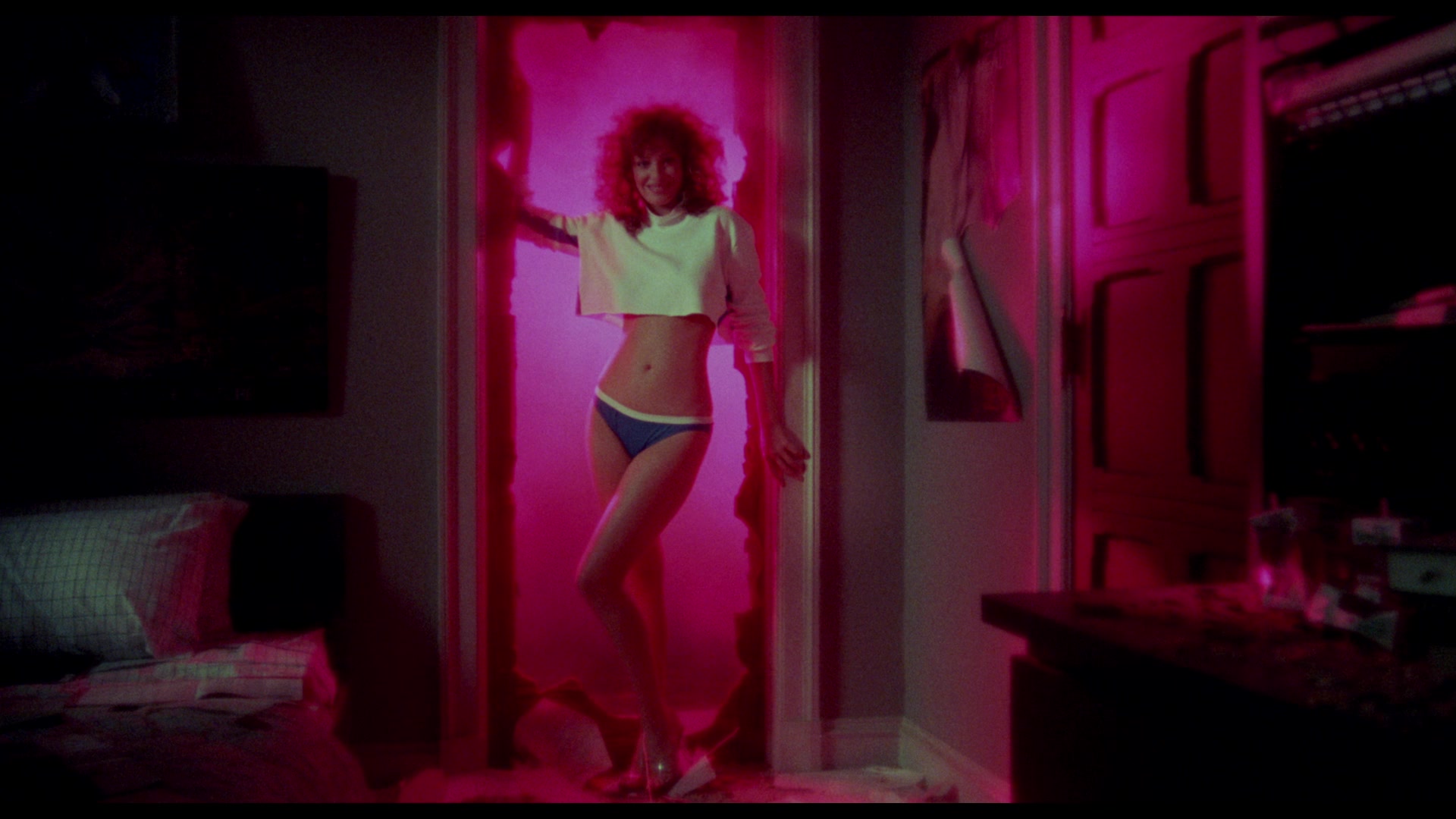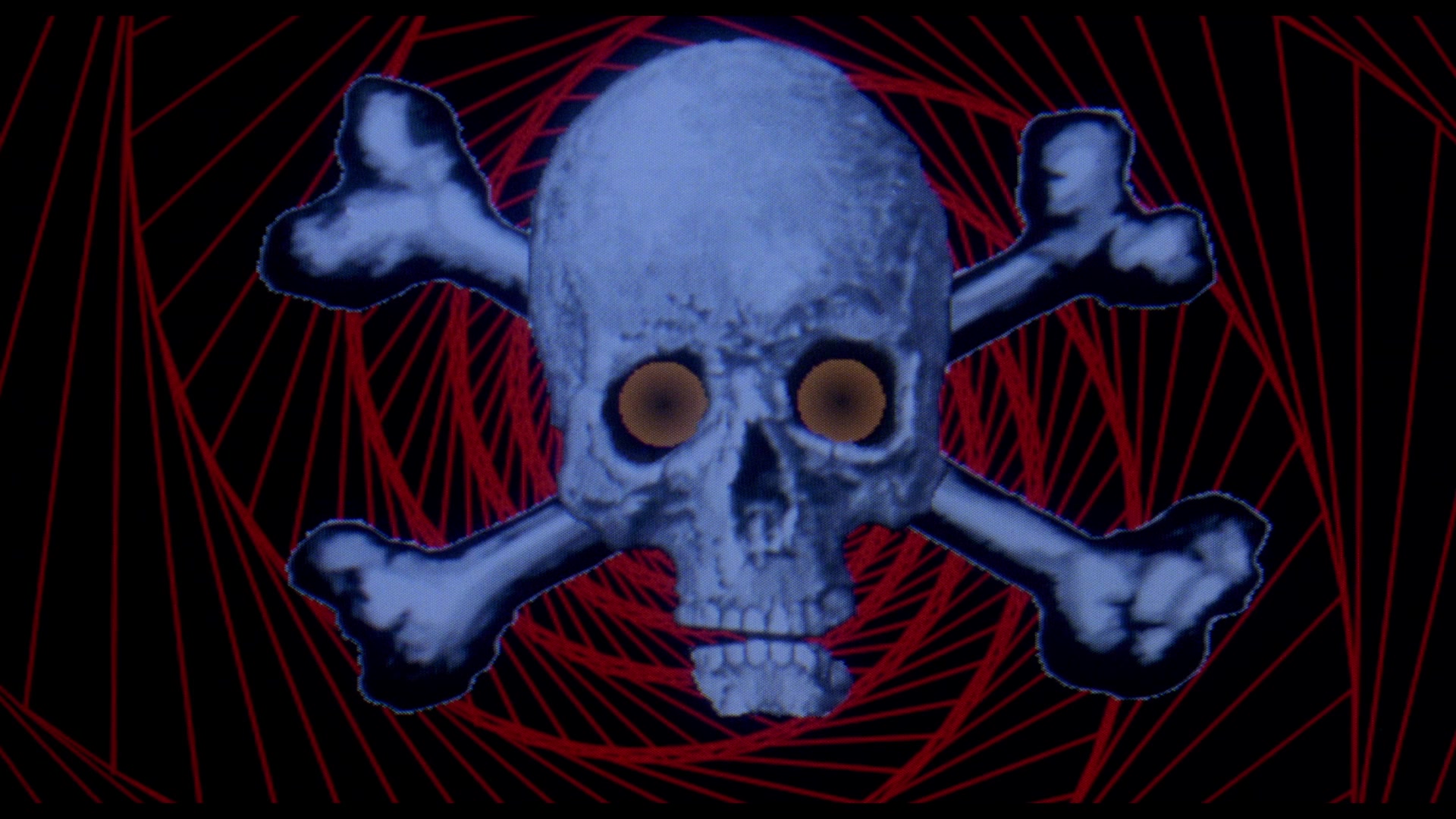MAROON: Look, Valiant. His wife’s poison, but he thinks she’s Betty Crocker. I want you to follow her. Get me a couple of nice juicy pictures I can wise the rabbit up with.
VALIANT: Forget it. I don’t work Toontown.
MAROON: What’s wrong with Toontown? Every Joe loves Toontown.
VALIANT: Then get Joe to do the job, ’cause I ain’t going.
MAROON: Whoa, feller. You don’t wanna go to Toontown, you don’t have to go to Toontown. Nobody said you had to go to Toontown anyway.– Who Framed Roger Rabbit (1988)
It’s odd how some deleted scenes seem to take on a life of their own. Some are happily released on DVD and/or Blu-ray, but never end up being discussed much, no matter how interesting. The really obscure ones never even made the leap from LaserDisc. And yet other examples become… is “well-known” an exaggeration? Maybe. But if you’re the kind of person who does more than scrape the surface of a film, you’ll learn about them fairly quickly.
I fancy that Who Framed Roger Rabbit‘s “Pig Head” sequence is more well-known than the average deleted scene. Here’s the short version. After Valiant has hidden Roger at the Terminal Bar, the deleted section has him going back to the Ink and Paint Club to go snooping for Marvin Acme’s will. Here, he’s knocked out by Bongo the Gorilla (in a return appearance), and menaced by Judge Doom and the Weasels. They eventually dump him in Toontown, he gets a pig’s head tooned onto his own in a nasty bit of gang violence, and he ends up washing it off in the shower.1
Here we rejoin the theatrical cut, with Eddie back at his office, and Jessica’s famous “I’m not bad, I’m just drawn that way” scene. Originally, Eddie was meant to be stepping out the shower having just washed his toon head off; instead, the filmmakers dub the sound of a flushing toilet to hide the cut scene. It mostly works, although if you stop and think about it for a moment, you might wonder why Eddie takes his shirt off to go for a dump.
This, at least, is what was shot. As scripted, there was even more missing at this point, including the funeral of Marvin Acme, and a deleted scene with Eddie wearing the pig’s head on the Red Car. This stuff is interesting and well worthy of discussion, but outside the scope of this post. ↩


